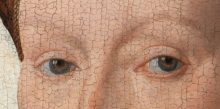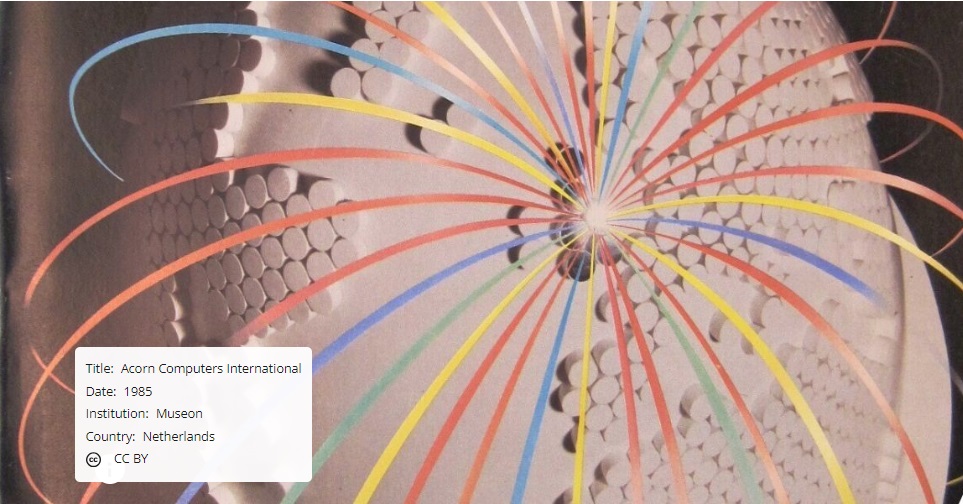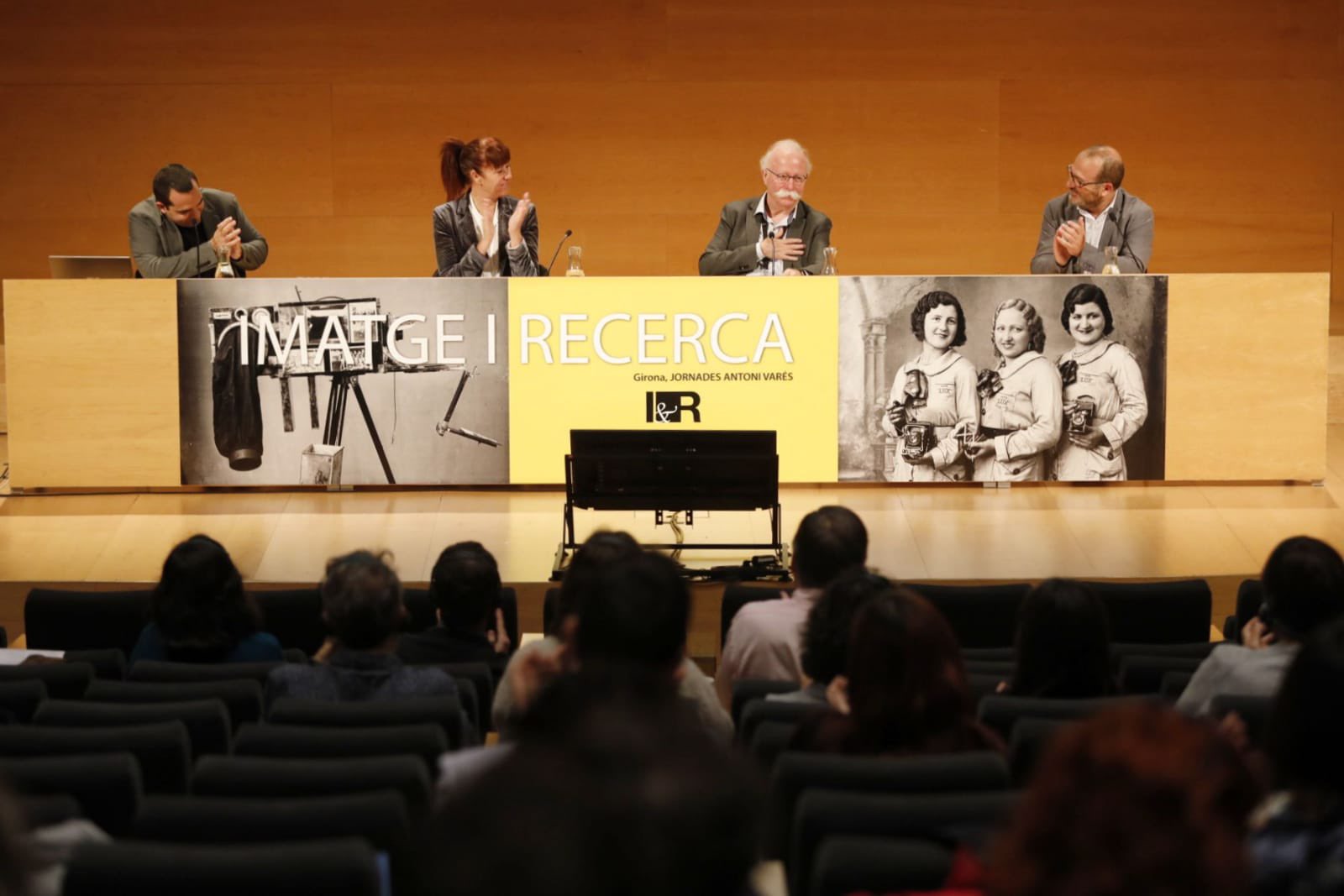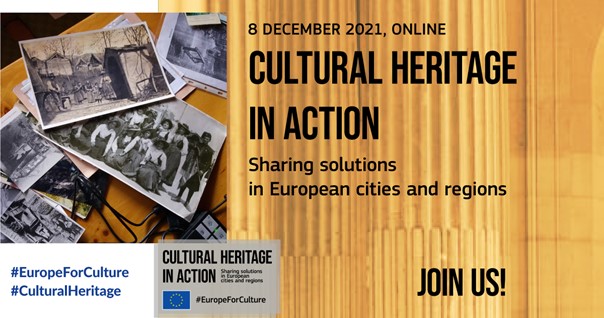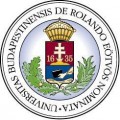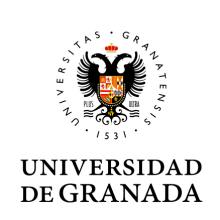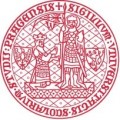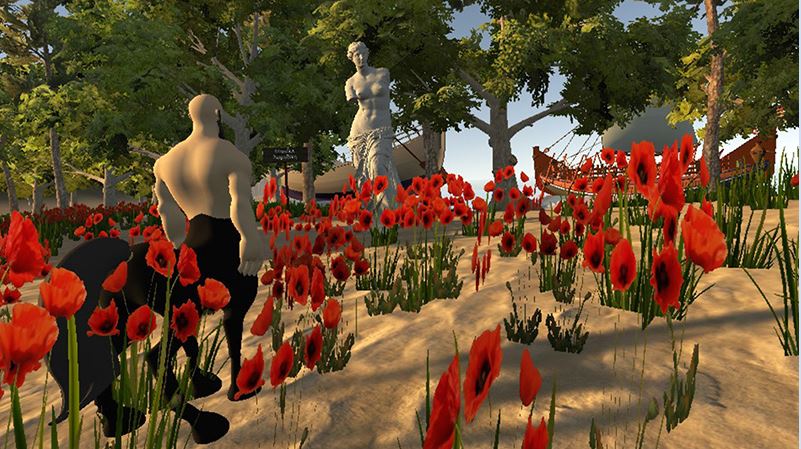 sargetia.ro offers the possibility to visit and learn about Romanian cultural sites and historical monuments by the use of 3D technology and Virtual Reality.
sargetia.ro offers the possibility to visit and learn about Romanian cultural sites and historical monuments by the use of 3D technology and Virtual Reality.
The platform is part of a wide promotional campaign set up by virtual museums aiming to lunch a new type of cultural tourism characterized by the use of tablets and smartphones in place of manuals, guides and brochures.
Through the use of WebGL technology which is platform independent, Sargetia offers a 3D restoration of the Dacian fortresses, belonging to the UNESCO heritage : Băniţa, Blidaru, Căpâlna, Feţele Albe, Piatra Roşie and Sarmizegetusa Regia.
It also offers the possibility to discover the most famous statues of ancient Greece which are shown in the greatest world’s museums by a virtual visit to the “Statue Island”.
The “3D Reconstruction” process of scientific recovery is able to restore each building in its own scale representation in accordance with archaeologists’ plans.
A database from the Dacian and Roman Civilization Museum (MCDR) Deva was used to implement the program and the photos that appear are arbitrarily taken from the museum site.
Because the use of Android tablet and phone is widespread and affordable, sargetia chose to adapt the programme to this technology, even in front of a lower quality than the one granted by Microsoft technology.
The visitor is able to virtually move into areas built by man or nature and destroyed over time. In the same while he is taught about their past and history: indeed, for each important point, the system instantly delivers complete information, additional video and audio, helping to understand the exposed material and the selected environments.
He can directs the guide with a joystick and a “Quit” button and visit any place without prearranged routes; he can also enter into buildings or temples because they are all built in 3D and are not replaced by movies like it happens for games.
The use of the augmented reality applied to history and archeology is an effective way for increasing knowledge of the history and discover an ancient world that cannot be described by words. Visitors get in confidence with the environment and architecture of ancient times and they are no longer a mere viewer but actively participates in the action.
Visit sargetia.ro webpage
- MEDIA PARTNER

-
-
- RELEVANT NEWS from Digitalmeetsculture
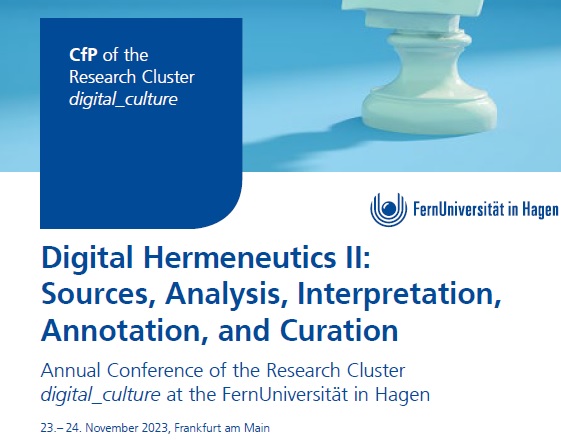 Call for papers, deadline15th September - event to take place at the FernUniversität in Hagen 23 – 24 November 2023
Call for papers, deadline15th September - event to take place at the FernUniversität in Hagen 23 – 24 November 2023-
- REACH-CULTURE POPULAR TAGS in Digitalmeetsculture
- #participateinculture 2018 European Year of Cultural Heritage Berlin Best Practices Budapest call for papers Charles University citizen participation civic engagement Conference and events conferences and events Coventry University cultural heritage cultural participation Cyprus University of Technology digital preservation Eötvös Loránd University EU projects Europa Nostra European citizens European Commission European Year of Cultural Heritage 2018 EYCH H2020 Horizon 2020 innovation Institutional Heritage Pilot MEMOLA project MEMOLab Ministero dello Sviluppo Economico minority heritage Minority Heritage Pilot participatory approaches participatory approaches to cultural heritage Prague preservation Promoter SRL Prussian Cultural Heritage Foundation REACH project resilience Resilient Cultural Heritage and Communities in Europe Roma rural heritage Rural Heritage Pilot Small Towns Heritage Pilot sustainable development UNESCO University of Granada urban heritage workshop





